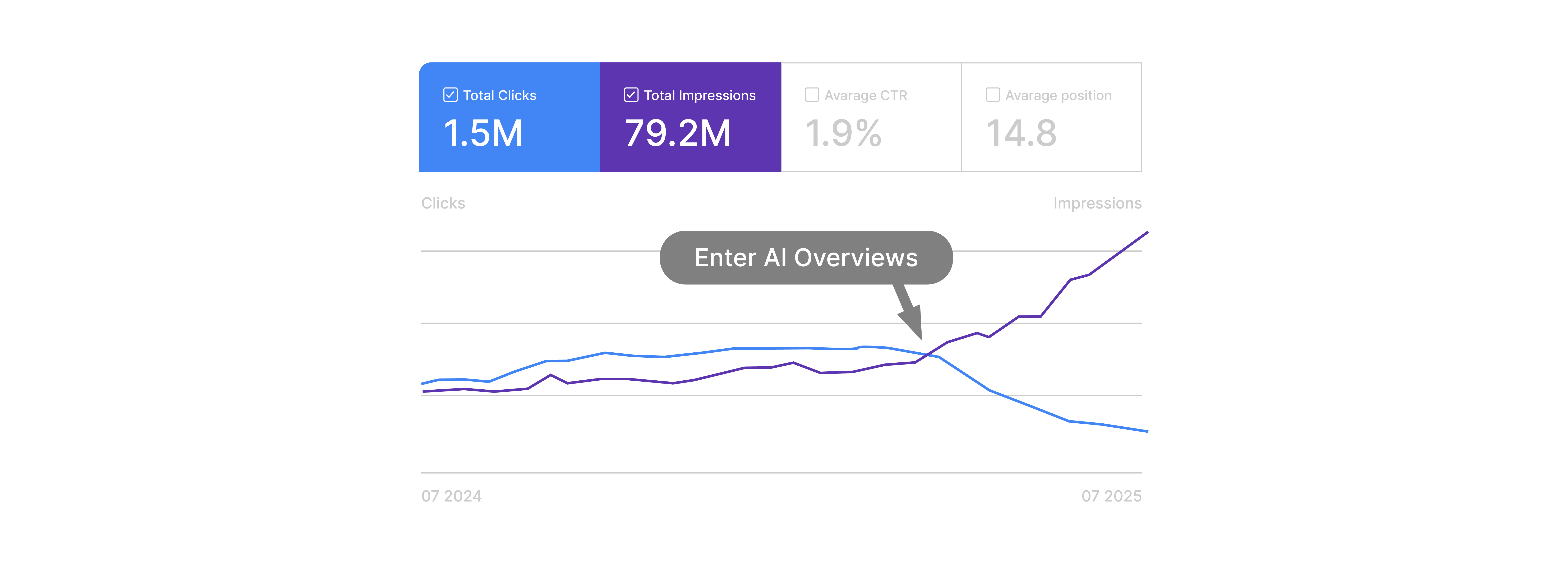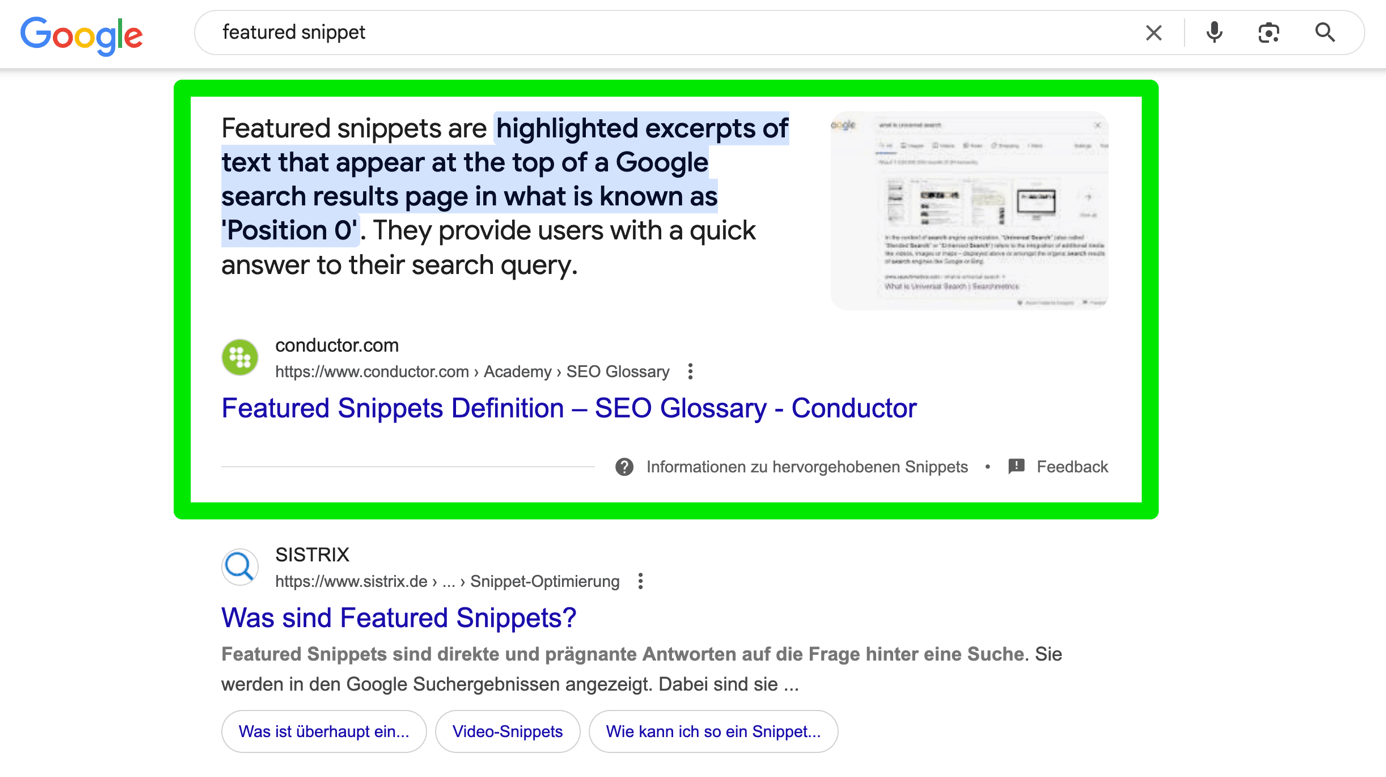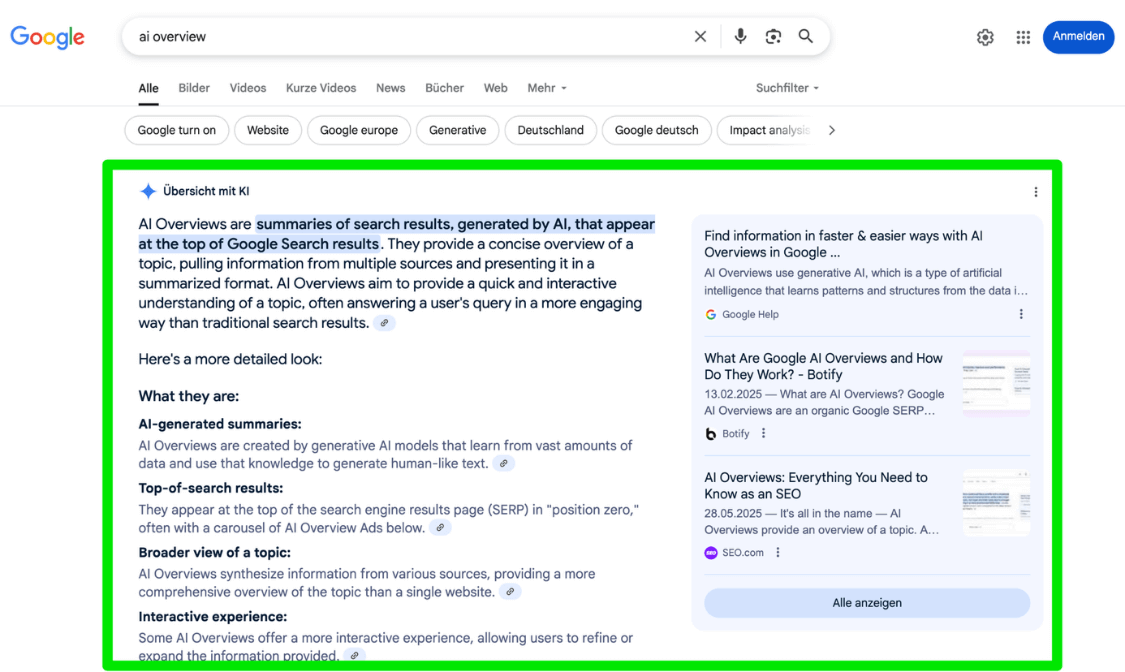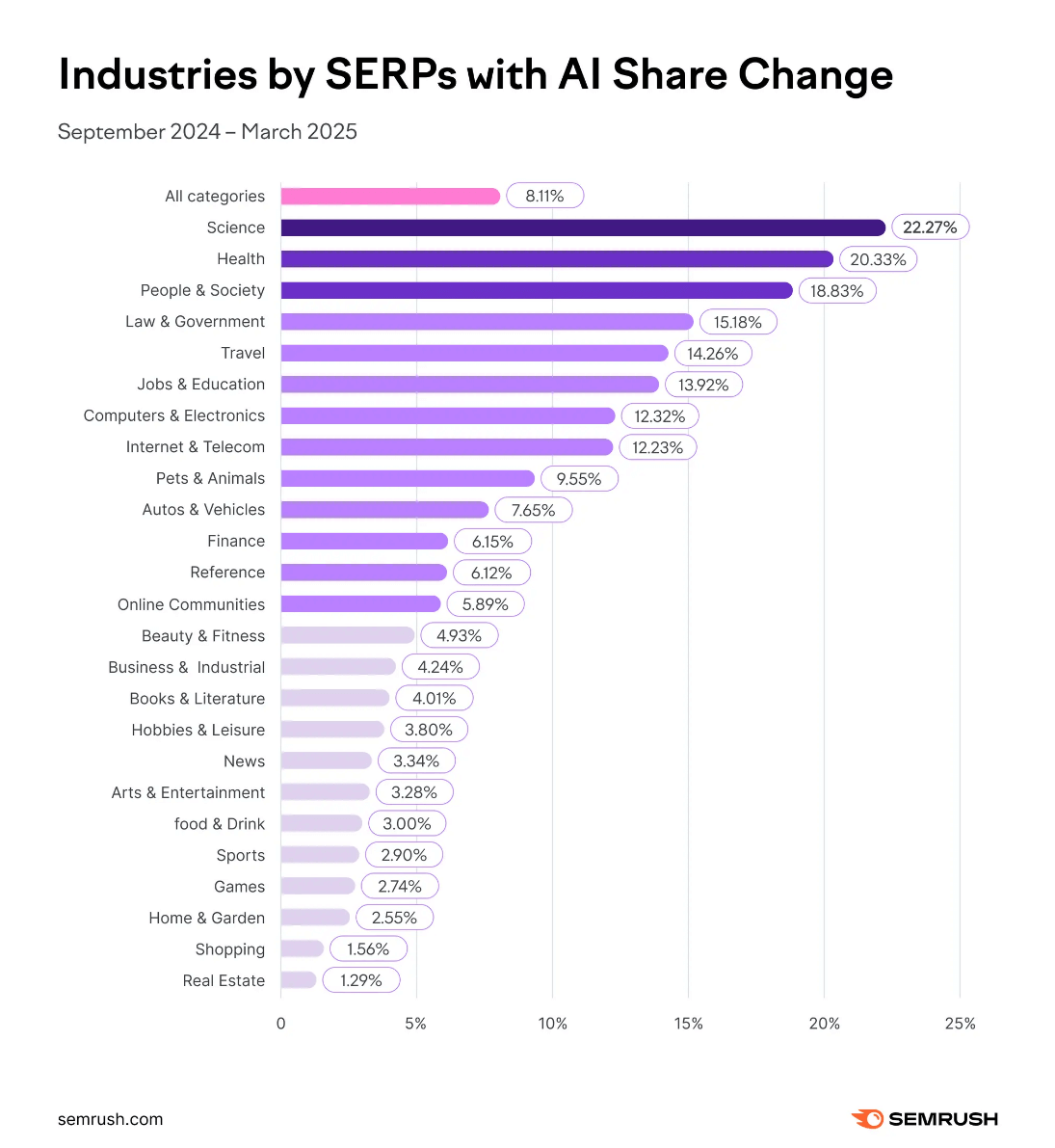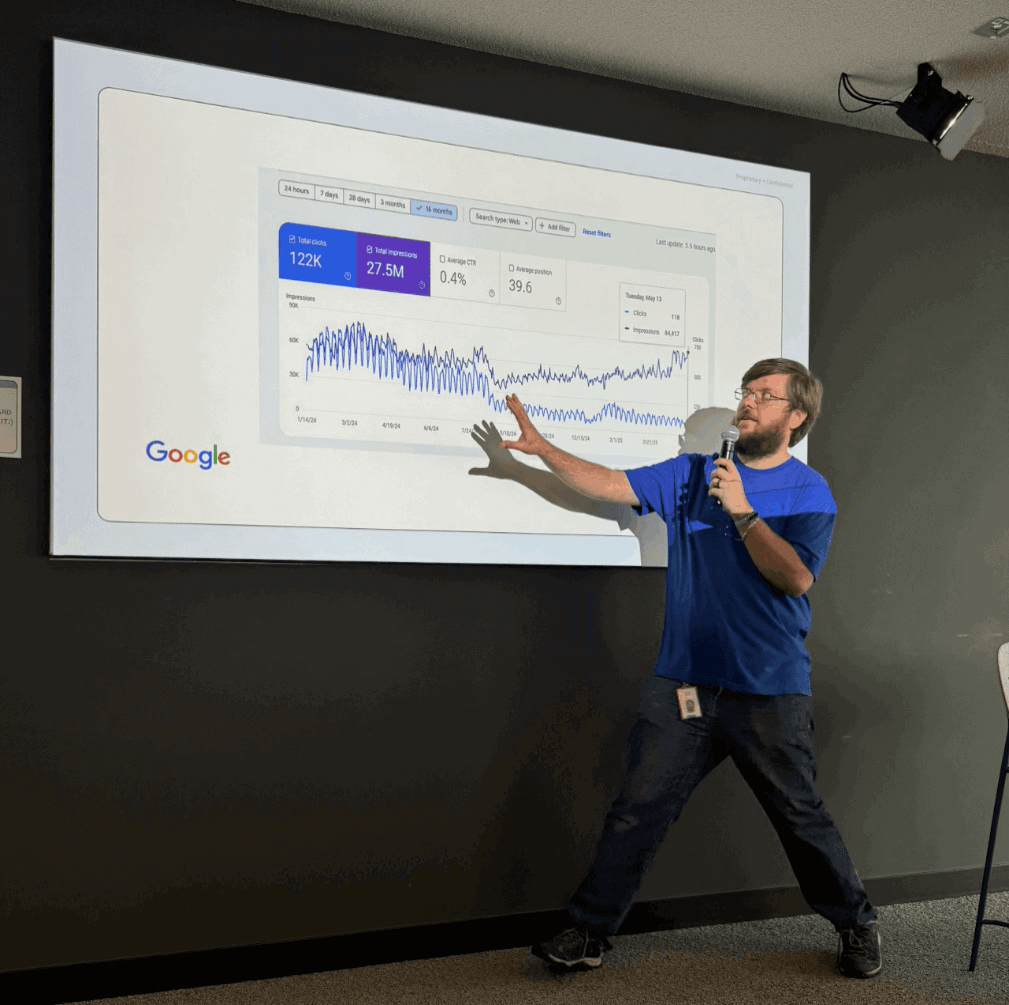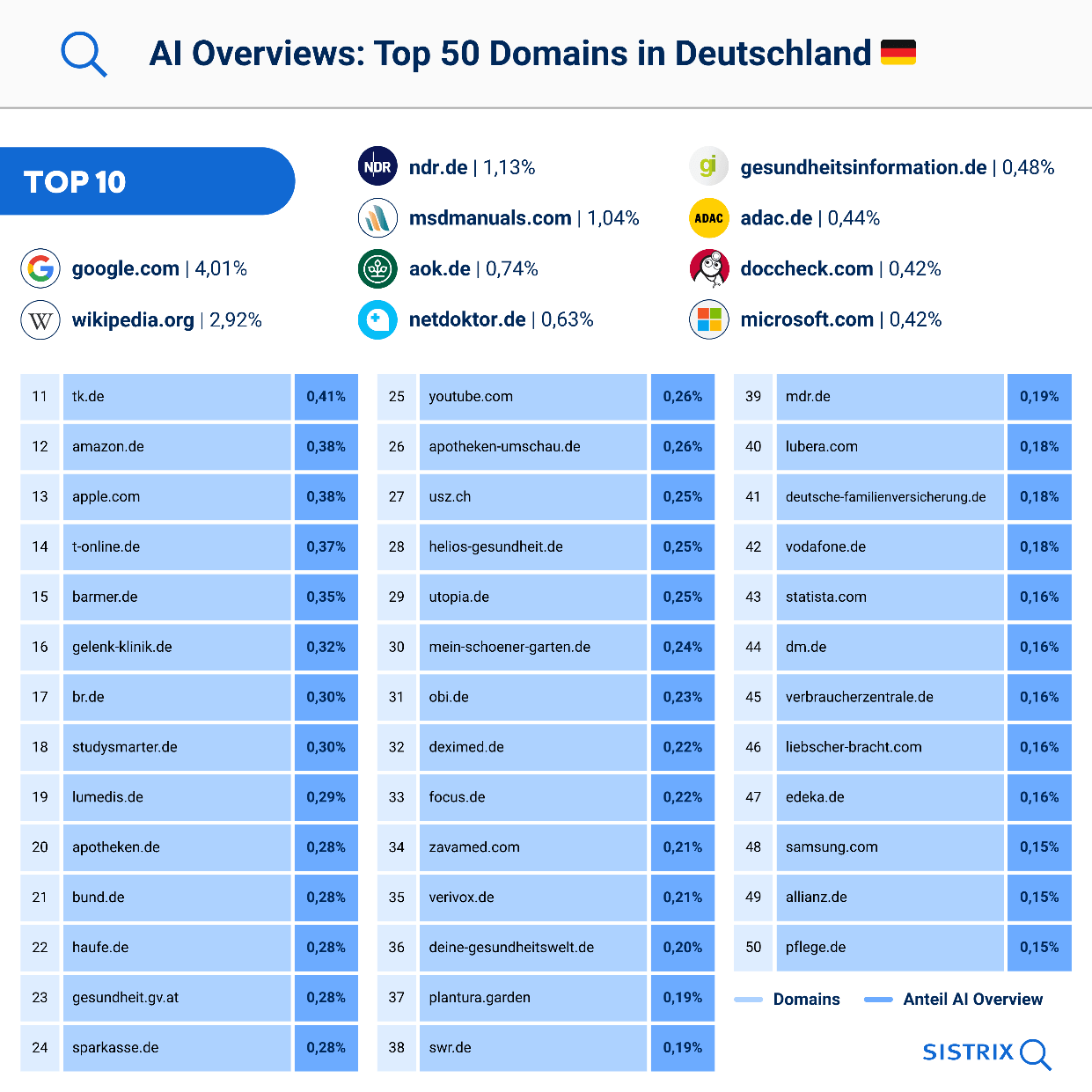If I conduct a simple search for “running shoes”, the AI may fan out quite a bit, based on what it knows about me.
- Best running shoes for hard concrete (I live in the city)
- What running shoes are best to mitigate knee problems (I’m in my mid-forties and my knees are bad)
- Comparison of the top-rated running shoes regardless of price (I’m an agency owner, using the latest iPhone, so I can probably afford more expensive shoes.)
- Most suitable running shoes for 10 km runs at moderate speed (yes, my phone knows that too)
- And the list goes on
After that, Google sources relevant content from its index based on these sub-queries, selects the most meaningful text-segments based on relevance and generates the answer with cited sources.
To improve the results for future searches, user interactions like clicks, scrolls, or follow-up questions are tracked. AI Overviews with high user acceptance influence which sources and answer paths will be favored for future searches.
As a result, I get a very different reply from my search for “running shoes” than other people.
So how are we supposed to track a particular brand’s rankings for this query? What does “neutral ranking” even mean – if no one gets neutral results anymore?
Will the AI divulge the information of the fan-out process to us, so we can at least do a proximation of keyword research?
This may be the end of keywords as we know them.

